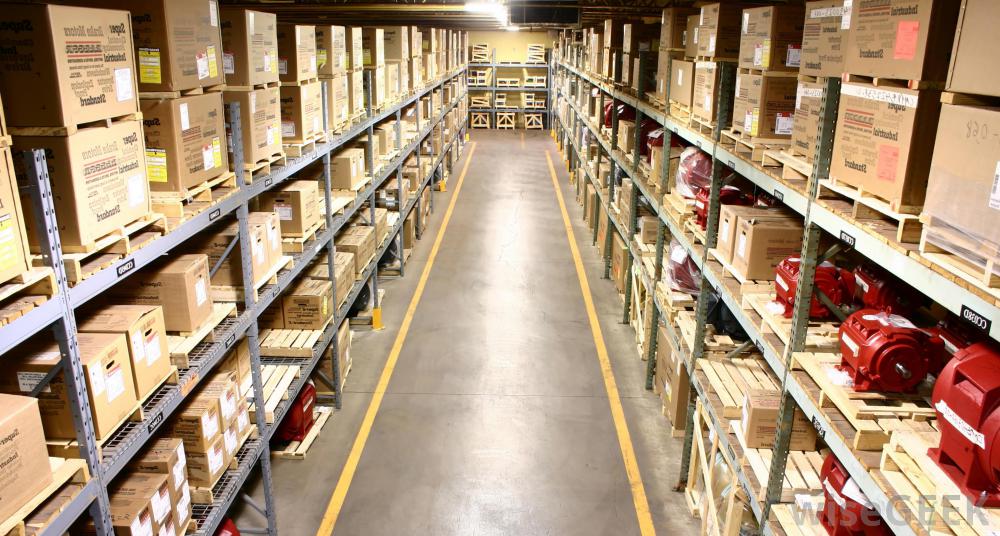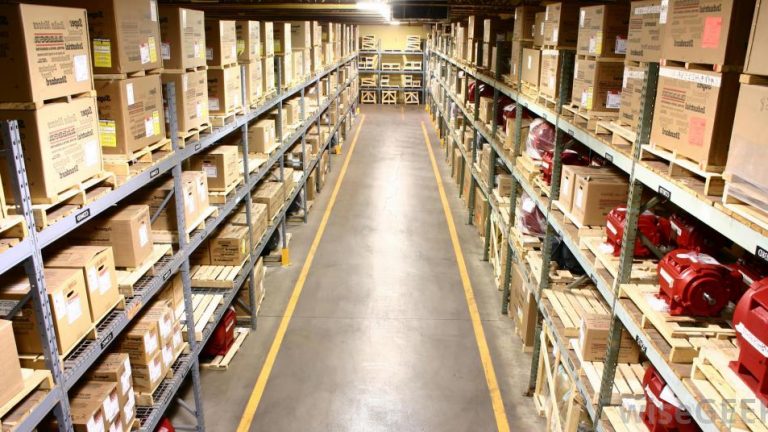
A pick and pack warehouse is essentially where customer orders are fulfilled and stock is systematically placed on shelves, normally in order of popularity, so that it can be easily found, selected and packed by a warehouse operative. Without this process, employees find it hard to fulfil the orders efficiently and quickly as they can. Seems like there are more different types of pick and pack warehouse process, but our focus now are the stages contained in this process.
The four stages of pick and pack.
- Order received
When a customer places an order, you will be notified in the warehouse and a packing slip will be generated. - Order picking
A member of staff at the warehouse will then take the packing slip and find the items needed for the order from the warehouse shelves. If the inventory storage strategy is correctly followed this stage will be easier to complete and more efficient. - Order packing
Once picked, the order will then be securely packed and sealed. A shipping label will also be added at this point. - Order shipping
Orders will then be arranged by courier and then ready for courier pick up to be distributed to the customer.
For running pick and pack warehouse process smoothly, it’s important that it is managed well. This means that there’s less likely to be any mishaps or delays with orders and staff will feel safe in the workplace. To make sure this happens, there are a few different factors that need to be adhered to.
Ensure all staff are health and safety trained.
It’s imperative that staff is fully trained in health and safety in the workplace so that they aren’t putting themselves or others at risk. Most warehouses require a lot of heavy lifting so it’s important that staff know how to do this correctly without damaging their back or lifting too much weight at once. After all, the employees bring the profit to your company and taking care of them is one of the important things you need to make.
Some warehouses will need machinery for extremely heavy units so only qualified staff that have had rigorous training should be assigned to roles that require them to use this.
There should be visible signs and safety guidelines throughout the warehouse, in staff rooms and restroom areas and staff should be asked to regularly complete training courses to make sure that they are up to date with any changes in the workplace and its procedures.
Keep an inventory count.
Keeping track of stock that goes in and out of a warehouse means that you will know exactly when you need to restock certain items if they are popular. It means that you will also be able to easily update your websites to notify customers if something is currently unavailable and keep track of orders. I am sure you want to avoid any errors happening because of bad stocking management.
If inventories are kept up to date, you’ll also be able to clearly see which items start to go missing, as well as what items aren’t selling so well so that you can push these items online or cut back on ordering more stock for a while until they do sell.
Keep the warehouse organized and efficient.
Having a warehouse that is clearly labelled and laid out in a way that items can be found easily with a few key words makes the process a whole lot easier. Some warehouses will decide to systematically lay out their shelves based on a number of different factors including product type, for example if it’s for a company that sells homeware, they might separate products by room (bathroom products, kitchen products, bedroom products) or if it’s a paint company they will separate stock by colour and type.
This means that warehouse operatives will become used to the layout a lot faster and be able to source items to pack much quicker, meaning that they are able to fulfil more orders per day.
Double check!
Remember to double check each order that comes through at the packing stage. Packing the wrong size of an item could result in a loss of money as you’d have to pay for the customer to return their parcel due to error, and it could even result in the loss of a customer in some cases. And who wants to lose their customers for not double-checking, which can be done in no time. It is better to check 10 times if needed, instead of regret getting a bad reputation on the entire company.
For the sake of an extra 10 seconds per order, it’s worth making sure you’ve packaged the right items and are able to keep a good reputation.

